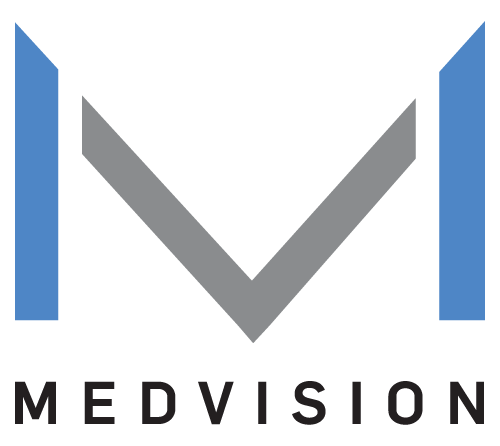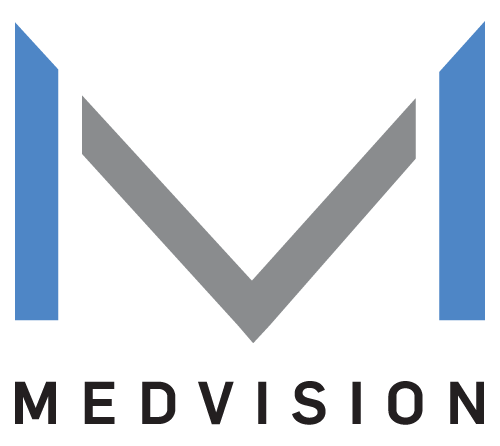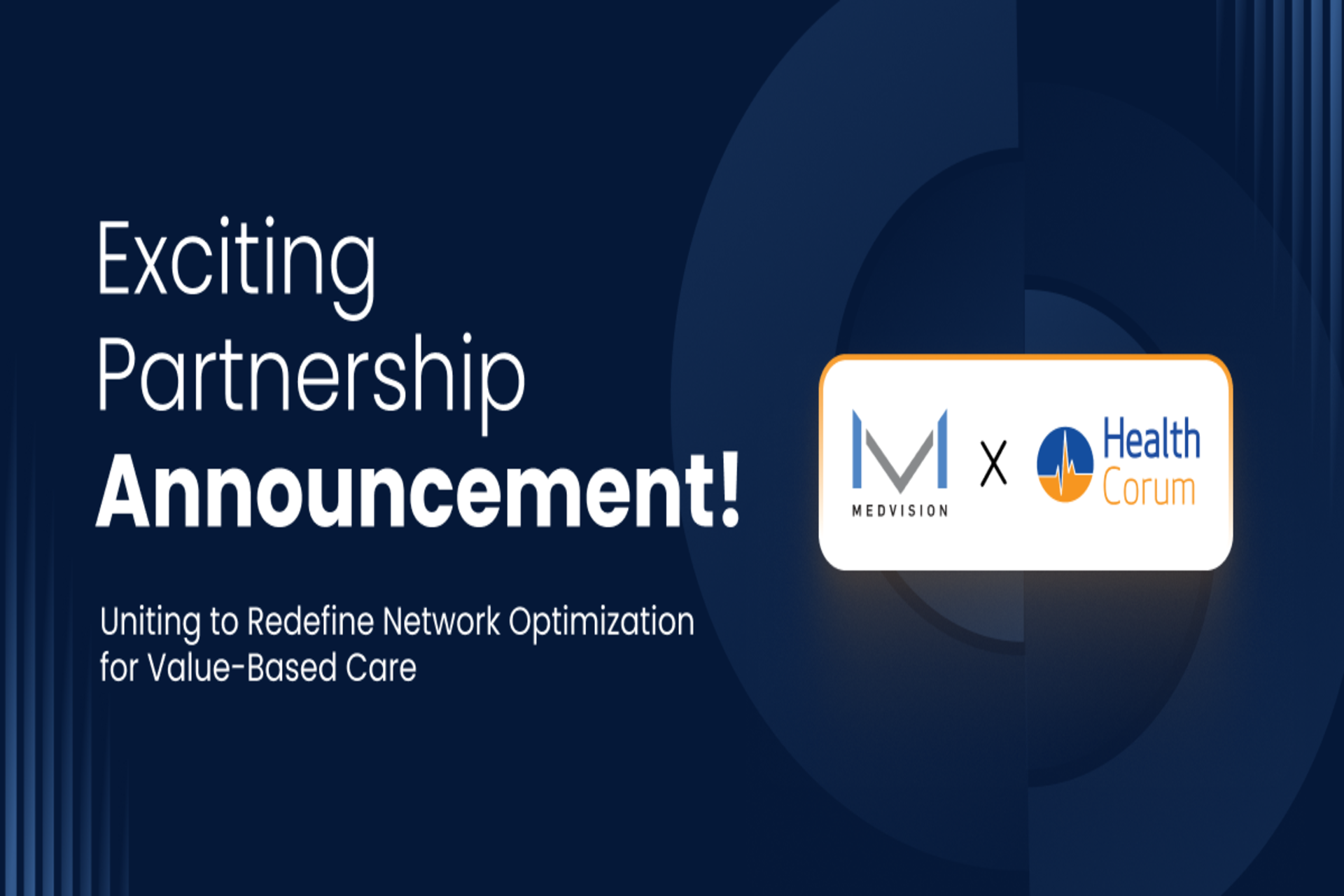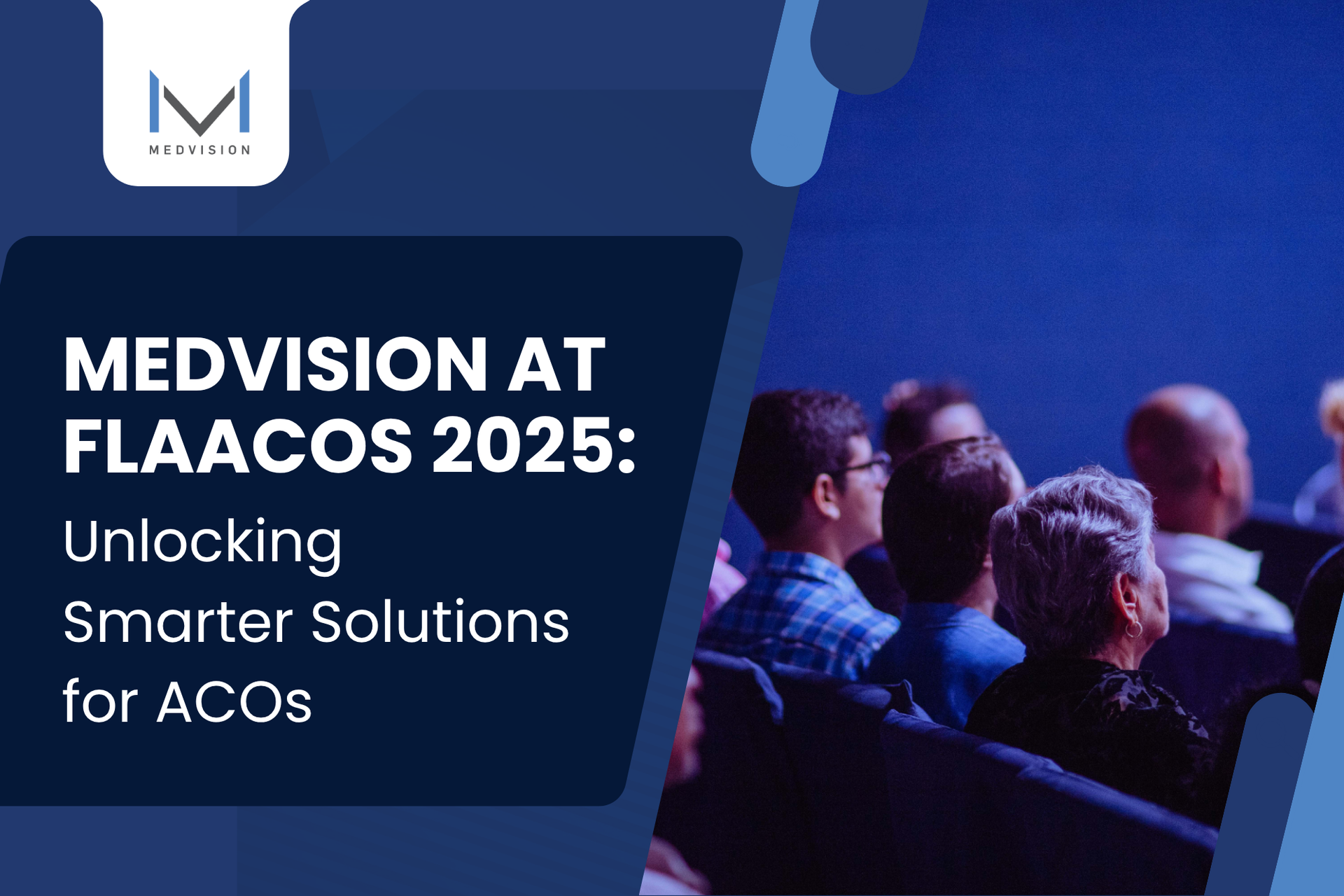How to Pick the Best Software For a PACE Program
Implementing a successful
Program of All-Inclusive Care for the Elderly (PACE) requires strategic decision-making, especially when selecting software. Making the right choice benefits operations—it creates the difference between disjointed workflows and streamlined care delivery for seniors under your wing. Knowing precisely what you require in PACE software helps set the stage for your organization’s success.
Recognizing Software Needs For PACE Stakeholders
Choosing the right software begins with understanding your needs. The answer often lies in the experiences of stakeholders closely involved in the care program itself.
PACE stakeholders require specific software elements to support the program effectively. They aim to find a software solution that offers
reliability,
organization, and
transparency to optimize services and enhance the overall PACE experience.
Adopting a system that supports
consultative approaches empowers stakeholders' active participation in decision-making. Doing so allows them to change plans according to their organization's needs.
Finally,
clear reporting and
compliance features are PACE software staples. A reliable data repository enables easy access to information. It also ensures adherence to regulatory requirements, promoting accountability and regulatory compliance.
Determining Specific Challenges and Pain Points
Identifying and addressing
infrastructure pain points in the PACE Program ensures that the chosen software solution meets stakeholder needs, integrates well with existing infrastructure, and enhances overall system performance.
Here are a few common challenges faced by PACE participants:
1. Enrollment & Eligibility Complexity
Navigating the enrollment and eligibility process challenges participants and providers. Simplifying these processes and ensuring clear communication about eligibility criteria minimizes confusion and streamlines onboarding.
2. Lapses in Care Coordination
Fragmented care and communication gaps hinder coordination among providers and other healthcare professionals. Implementing care coordination strategies through careful planning and shared technology platforms enhances collaboration and continuity of care.
Read More:
How Care Coordination Software Impacts Your Practice
3. Demanding Regulatory Compliance Procedures
PACE Programs must adhere to various time-consuming regulatory requirements. Staying updated with regulatory changes, investing in staff training, and utilizing compliance management tools helps ensure adherence while minimizing administrative burdens.
Essential Features to Consider in PACE Program Software
An assessment of a PACE Program's needs and pain points helps identify must-have software features, ensuring your selected system effectively addresses those needs.
Here are some key features to look for in PACE Program software:
1. Streamlined Participant Management
A PACE Program software should offer streamlined processes for enrolling participants and managing their information. Primary features include: (1) easy participant onboarding, (2) data entry, and (3) tracking participant progress.
2. Comprehensive Coordination Tools
Look for software that provides robust tools for coordinating communication lines among interdisciplinary teams and ensuring seamless information exchange. These tools should also prioritize security measures to safeguard sensitive data and maintain confidentiality throughout the communication process.
3. Robust Reporting & Data Analytics
Accurate reporting and data analytics assist in program evaluations for PACE initiatives. The software should therefore offer comprehensive reporting features, including real-time data analysis, customizable reports, and visualizations that provide insights into program effectiveness and areas for improvement.
4. Simple System Integration
PACE Programs often have existing systems and workflows in place. The software should be able to integrate and interoperate with these systems, enabling seamless data sharing and reducing manual data entry.
5. Scalability and Customization
As your PACE Program grows and evolves, your software should change with it. Look for software that offers scalability and customization options, allowing you to adapt the system to meet your program's specific needs and requirements.
Read More:
Top 6 EDI Software Capabilities that You Definitely Need
Maximize Returns by Choosing the Best Software
Choosing a suitable PACE software system can greatly affect your return on investment (ROI).
Selecting software that complements your organization's workflows increases operational efficiency by streamlining workflows and automating tasks. This means less time spent on administrative work and more time for what matters.
A top-notch PACE software solution also offers robust data analytics capabilities, allowing program administrators to gain insights into resource allocation, utilization patterns,
and
program performance. You will be able to make data-driven decisions and identify areas for improvement to allocate your resources wisely.
Optimizing your resource allocation maximizes the value you get from your available resources, leading to an improved ROI for your PACE Program.
Read More:
Here's How Reporting Tools Software Increase Profitability
Transform Your PACE Systems with QuickCap 7
Elevate your PACE Program to new levels of success with MedVision's
QuickCap7 (QC7). Designed to enhance care coordination, QC7 offers a comprehensive suite of features tailored to meet your practice's goals.
Experience seamless collaboration among your care team with streamlined frameworks. Engage patients effortlessly with patient engagement tools, promoting active participation, and improved care plan adherence. Optimize care delivery with efficient task management and assisted care plan creation through advanced care coordination features.
By choosing QC7 as your PACE partner, you can unlock enhanced workflows, improved patient engagement, and access to powerful analytics. Take your PACE Program to the next level with QC7 and revolutionize how you deliver care.
Discover How Smart Solutions Improves Your PACE!
References
- Gross, Diane L, Helena Temkin-greener, Stephen Kunitz, and Dana B Mukamel. “The Growing Pains of Integrated Health Care for the Elderly: Lessons from the Expansion of PACE.” PubMed Central (PMC), n.d. https://doi.org/10.1111/j.0887-378X.2004.00310.x.
- Kennedy, Denise M. “Creating and Integrating a New Patient Experience Leadership Role: A Consultative Approach for Partnering with Executive and Clinical Leaders.” Patient Experience Journal, April 29, 2015. https://pxjournal.org/journal/vol2/iss1/21.
- Program of All-Inclusive Care for the Elderly (PACE) | CMS. “Program of All-Inclusive Care for the Elderly (PACE) | CMS,” January 17, 2023. https://www.cms.gov/medicare-medicaid-coordination/medicare-and-medicaid-coordination/medicare-medicaid-coordination-office/pace/pace.
December 9, 2025
Join MedVision at HICE Annual Conference 2025 to explore QuickCap v7.0 and see how our platform simplifies healthcare administration, and powers value-based care.
November 21, 2025
MedVision partners with HealthCorum to enhance network optimization and drive value-based care, improving outcomes and efficiency across healthcare systems.
October 27, 2025
APG Fall Conference 2025 brings together innovators advancing accountable care. Join MedVision at Booth #203 to explore innovative value-based solutions.


